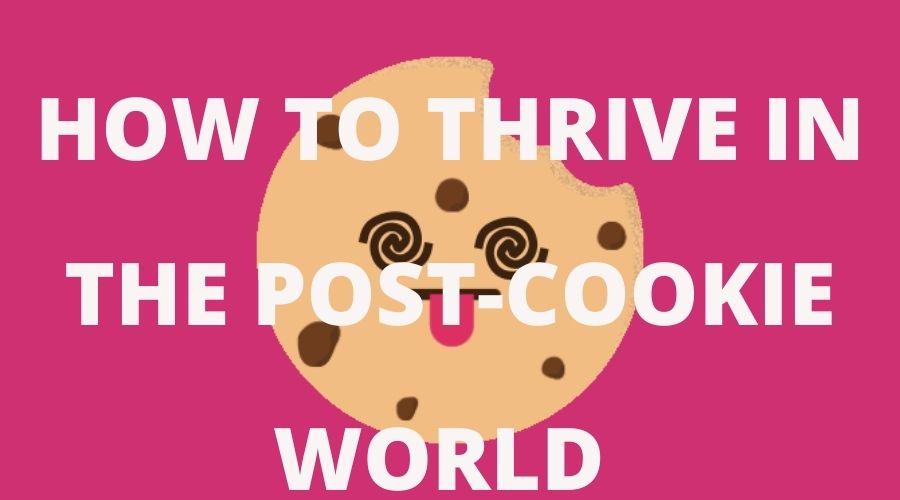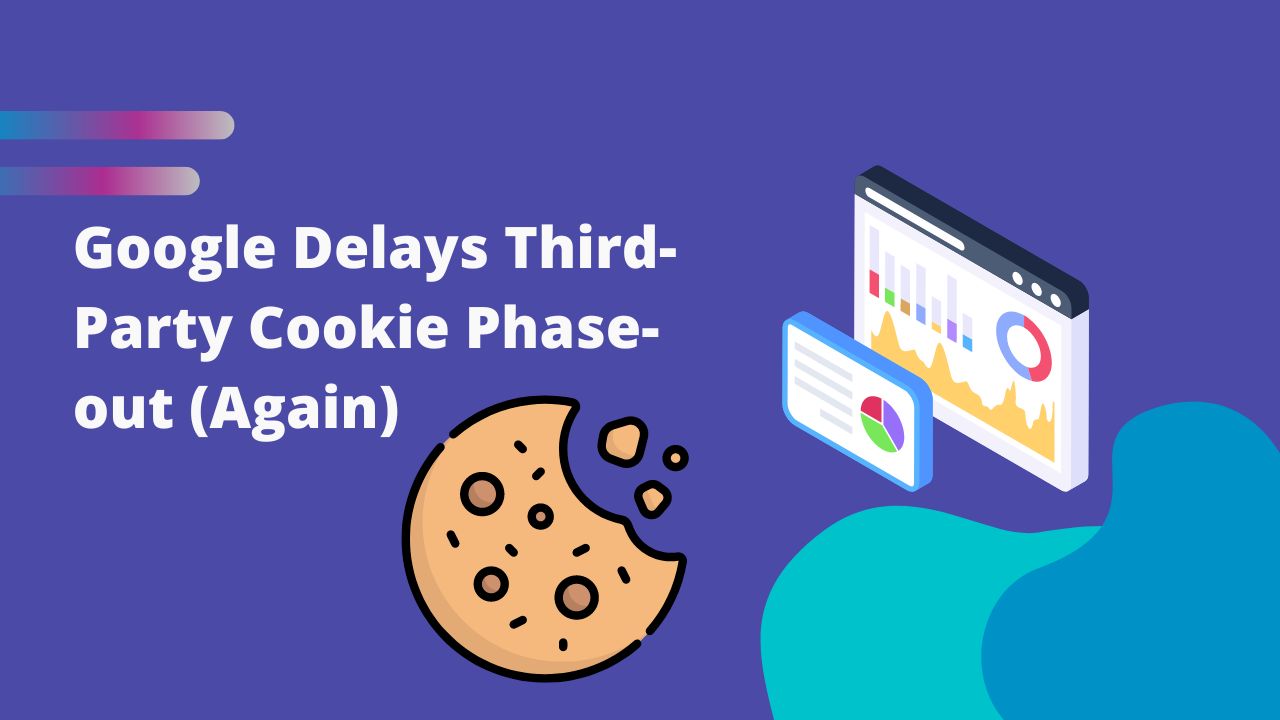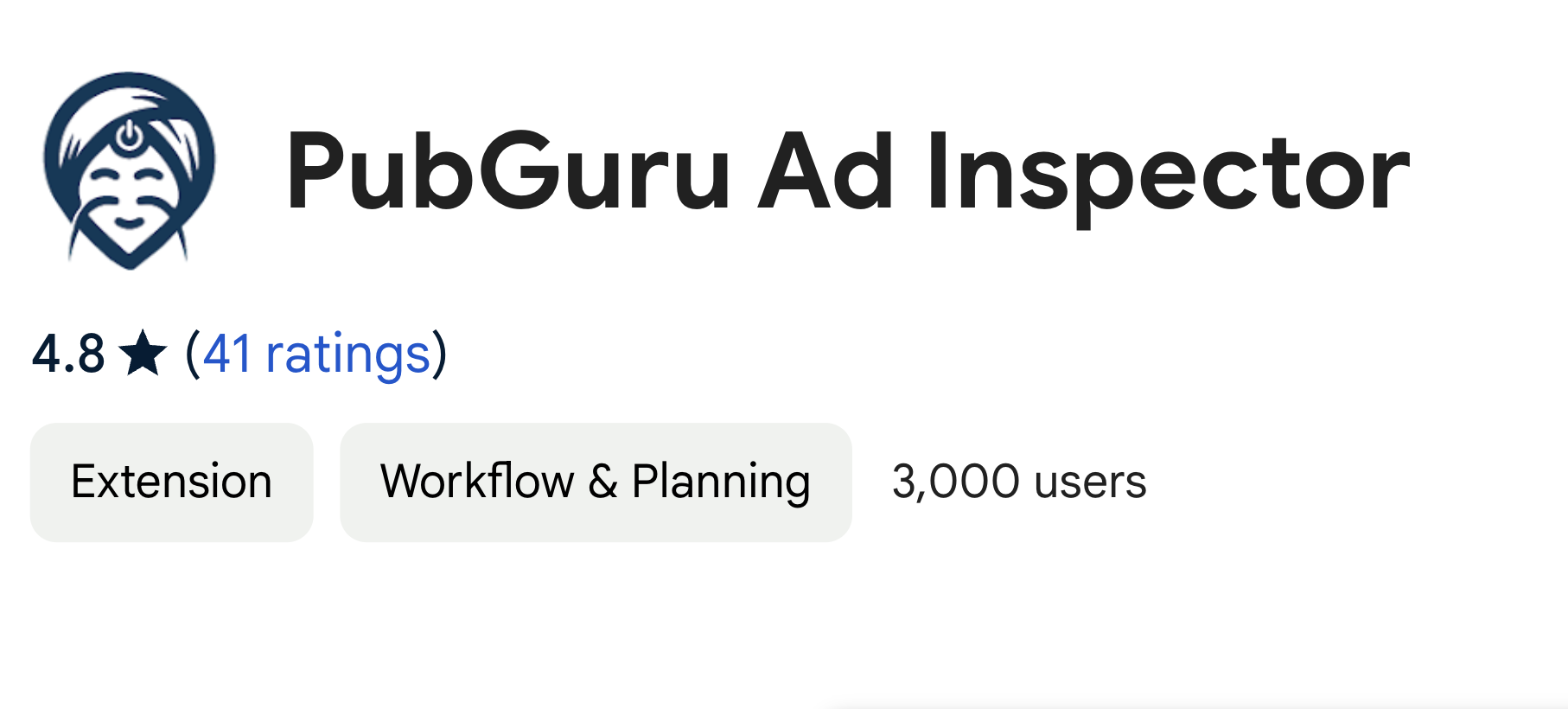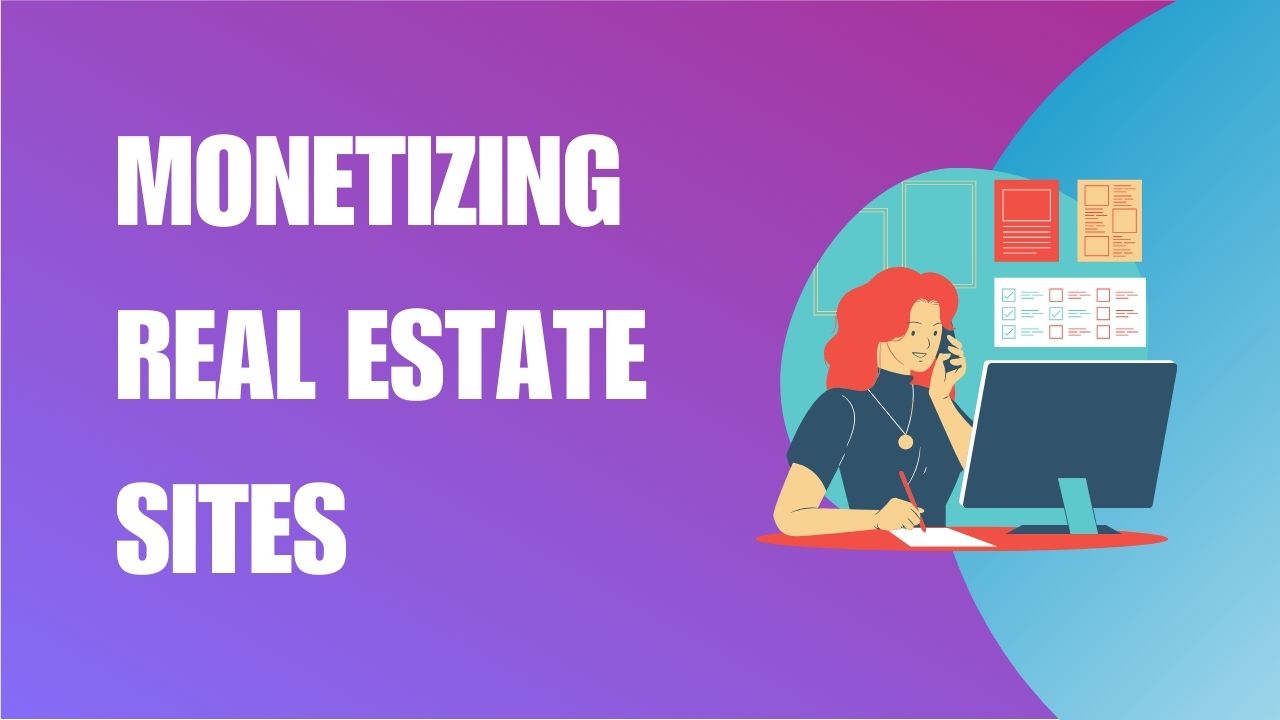
Google has initiated the phase-out of cookies, starting with a small segment of 1% of Chrome users. This is just the beginning of a significant shift, as the plan is to expand this to encompass 100% of users by the third quarter. This gradual implementation is designed to provide a critical window for preparation and adaptation. It’s a pivotal moment to start rethinking and testing your marketing strategies in a cookie-less environment. This staggered approach offers an invaluable opportunity to meticulously fine-tune and perfect your AdOps and marketing techniques, ensuring they are robust and effective this year.
With so much speculation surrounding the cookieless future – and the future of data usage in ad tech – you need to know how to navigate properly in the post-cookie generation.
Use our blog post as a compass to the new cookieless world. Here’s the game plan you’ll need to thrive in this new frontier of programmatic advertising:
Let’s go through everything step by step.
Let us first recall why we are here: cookies.
Cookies were created in the early ’90s by web developers who wanted to figure out ways to track people online.
By utilizing these little pieces of data, advertisers are now able to report on a page’s unique visitors instead of just page hits (For instance: one person visiting the blog multiple times, or hundreds of people visiting the page one time).
After seeing the success of these cookies, online retailers began using them for other purposes: keeping shoppers’ browsers open longer by giving them an incentive such as discount codes to visit their stores again after browsing elsewhere.
This audit is crucial to ensure a smooth transition to a cookieless future, minimizing disruptions in user experience and data analytics. The reliance on 3rd-party cookies for tracking user behavior, personalizing content, and targeting advertisements has been a cornerstone for the publishing industry, but this is set to change drastically.
Identify all the areas where 3rd-party cookies are in use. This includes ad serving, site analytics, and content personalization systems. Understanding the extent of cookie usage will help in assessing the impact of the phase-out on various operations. It’s important to collaborate with tech partners and vendors to understand their preparedness and the alternative solutions they offer.
You also need to start testing and implementing non-cookie-based tracking and targeting technologies. Techniques like contextual targeting, first-party data collection, and leveraging hashed emails can be explored. Embracing these changes not only prepares for the immediate impact of Google’s phase-out but also aligns with the growing demand for privacy-first browsing experiences.
As we move away from third-party cookies, these once super-effective strategies are going to hit a bit of a snag.
First up, display advertising. You know, those ads that pop up on websites, tailored to what you’ve been browsing? They’ve heavily relied on cookie data to target users effectively. With cookies going out the window, these ads might not hit the mark as accurately as before. We’re talking about less precision in targeting, which could mean your ad about, say, the latest tech gadget, ends up being shown to someone who couldn’t care less about tech.
Next, lookalike audiences. This has been a goldmine for finding new customers similar to your current ones. But again, this relies heavily on rich cookie data to find these ‘lookalikes.’ Without this data, creating these audiences is going to be more like shooting in the dark – you might hit the target, but it’s going to take more tries.
Then there’s traditional retargeting – the art of following people around the web with ads based on their previous interactions with your site. It’s been super effective because it’s like reminding someone, “Hey, remember that thing you looked at? You sure you don’t want to buy it?” But without cookies tracking these interactions, retargeting becomes a lot trickier. It’s like trying to remind someone about something they might have forgotten without knowing what it was in the first place.
And generally, all other performance channels that thrived on third-party data are going to see a dip in effectiveness. It’s not all doom and gloom, though. This shift is pushing publishers and advertisers to get more creative and find new, privacy-first ways to reach their audience. Think more reliance on first-party data, contextual advertising (where ads are based on the content of the site, not the user’s history), and building stronger direct relationships with customers.
Related Read: Best 3rd party cookie alternatives
![How to thrive in the post cookie world [2024] MonitizeMore How to thrive in the post cookie world [2024] MonitizeMore](https://www.monetizemore.com/wp-content/uploads/2021/11/GA4-1024x627.png)
Alright, let’s dive into this whole GA4 (Google Analytics 4) thing and its role in the cookieless future we’re headed toward. First up, yes, GA4 is pretty much designed with the post-cookie era in mind. It’s like Google saw the writing on the wall with all the privacy concerns and regulations popping up and thought, “Let’s get ahead of this.” So, they built GA4 to not rely solely on cookies, which is a smart move considering cookies are, well, crumbling.
But here’s the kicker: just because GA4 is built for a cookieless future doesn’t mean it’s a set-it-and-forget-it deal. You’ve got to configure it right to make the most of it. Think of GA4 as a high-tech car. Sure, it can drive itself, but you still need to set the destination, right?
So, what does “configuring it properly” mean? Firstly, GA4 leans heavily on machine learning to fill in the gaps where cookie data used to be. This means it can predict user behavior and conversions based on patterns it learns over time. Pretty neat, but it needs good data to learn from. That’s where your configuration skills come into play.
You need to set up your events and user properties correctly. In the old GA (Universal Analytics), a lot of this was done for you, or you just followed a set pattern. But GA4 is more flexible, and with great flexibility comes great responsibility (or something like that). You have to decide what events are important to track, set them up, and make sure they’re collecting the right data.
Then there’s the privacy aspect. Since GA4 is designed with privacy in mind, it has more robust consent and data collection settings. You need to be up-to-speed on these and set them up in a way that respects user privacy while still getting you the data you need.
By combining the data power of second-party and third-party cookies, we’ve reached unprecedented levels of personal data about any user, which is why we’ve seen increased privacy acts such as the California Consumer Privacy Act, GDPR, LGPD, and much more.
Additionally, publishers are concerned with inaccurate data as well!
While the benefits of creating tailored marketing experiences from user cookies cannot be overemphasized, we also know that they’re not always 100% accurate and sometimes even lead to incorrect results.
In short, we could be targeting a super-specific niche category of online users who may not even fit our demographic at all eventually, so there’s no way for us to predict if they’ll convert in the long term.
For publishers to be successful now and in the future, they must understand these core concepts.
To establish a privacy threshold for targeted advertising without losing too many targeting attributes, Google suggests applying k-anonymity (k-anon) techniques.
By limiting the number of targeting parameters, it effectively limits the number of targeted marketing campaigns that can be run for each cohort.
An example would be a news organization gathering a sports cohort and pushing its group ID to an advertising technology provider to display ads for its products and services to that audience.
This is what we call ‘Bid Request’.
Once the number of bids within a user cohort falls below an agreed-upon safety level (the limits that keep users within privacy parameters), real-time bid requests can be prevented from being sent within the publishers’ marketplace.
Cohort targeting is done to categorize users who share similar characteristics (such as age, gender, interests, etc) into cohorts for better advertising effectiveness and retargeting purposes.
Any targeting method will, however, require differential privacy, a system whereby cohorts are larger than a certain size, which ensures that users are not identified.
For Google to create its cohort groups, it uses machine-learning technology called Google FLoC, which is based on user data.
In FLoC, machine learning is utilized to establish insights about the user or, more accurately, the devices they are using.
PII (Personal Identifying Information) data is removed from any personal details such as email addresses, phone numbers, etc., so they cannot be used by third parties to contact individuals directly.
In recent trials, Google claimed to be able to achieve 85% accuracy of ad targeting when using cookies for online advertising and retargeting.
For the entire industry to get involved in these kinds of studies, Google has encouraged the rest of the advertising technology market to participate in similar experiments.
It’s likely these methods will continue to be discussed or perhaps argued even further once decentralization evolves.
Related Read: https://www.monetizemore.com/blog/google-floc-explained/
Just like any technology that has been leveraged outside its original scope, cookies have taken on lives of their own that can result in hit-and-miss targeting campaigns and is capable enough to negatively affect the user experience.
Because of this, lots of web browser companies have been ditching third-party cookies for the last few years, all leading up to Google Chrome’s promise to stop using them in the past year.
This brings us to the question. How will the post-cookie world affect publishers in the long run?
So, we’re changing the way we target and segment our audiences for advertising in a big way, and we’re good with it since this was inevitable.
However, we recognize that this has sparked some speculation among digital publishers.
For quite some time now, we’ve known that cookies aren’t the perfect way to solve the problem, but they’re certainly an essential component of any web application.
It’ll take another few years until we find the best solution though.
But fear not!
MonetizeMore has been keeping an eye on cookieless solutions for years, and we are developing our own solutions to ensure you can still maximize your ad revenue in a cookie-less world.
But first, let’s look at what first-party data can change the cookie game here.
In the cookieless world, highly targeted and personalized ad campaigns are still possible—and they’re even better than before!
Due to that, we are relying more on first-party cookie data, like the email addresses and other personal details your users give you. This can be used for retargeting and customer retention later.
This is better when it comes to precise audience targeting, because not only are you reaching them in laser-targeted ways, but you’re also building credibility in your relationship by using data within privacy parameters.
First-party data is the key to thriving in the cookieless era.
Survival in the post-cookie era is possible as long as you partner with MonetizeMore.
With MonetizeMore, you’ll be able to:
Don’t break a sweat, since you’ll be just fine in the post-cookie era with MonetizeMore as your best friend. Start increasing your ad revenue today!
![How to thrive in the post cookie world [2024] MonitizeMore How to thrive in the post cookie world [2024] MonitizeMore](https://www.monetizemore.com/wp-content/uploads/2023/03/aleesha.jpeg)
With over seven years at the forefront of programmatic advertising, Aleesha is a renowned Ad-Tech expert, blending innovative strategies with cutting-edge technology. Her insights have reshaped programmatic advertising, leading to groundbreaking campaigns and 10X ROI increases for publishers and global brands. She believes in setting new standards in dynamic ad targeting and optimization.

Paid to Publishers
Ad Requests Monthly
Happy Publishers



10X your ad revenue with our award-winning solutions.